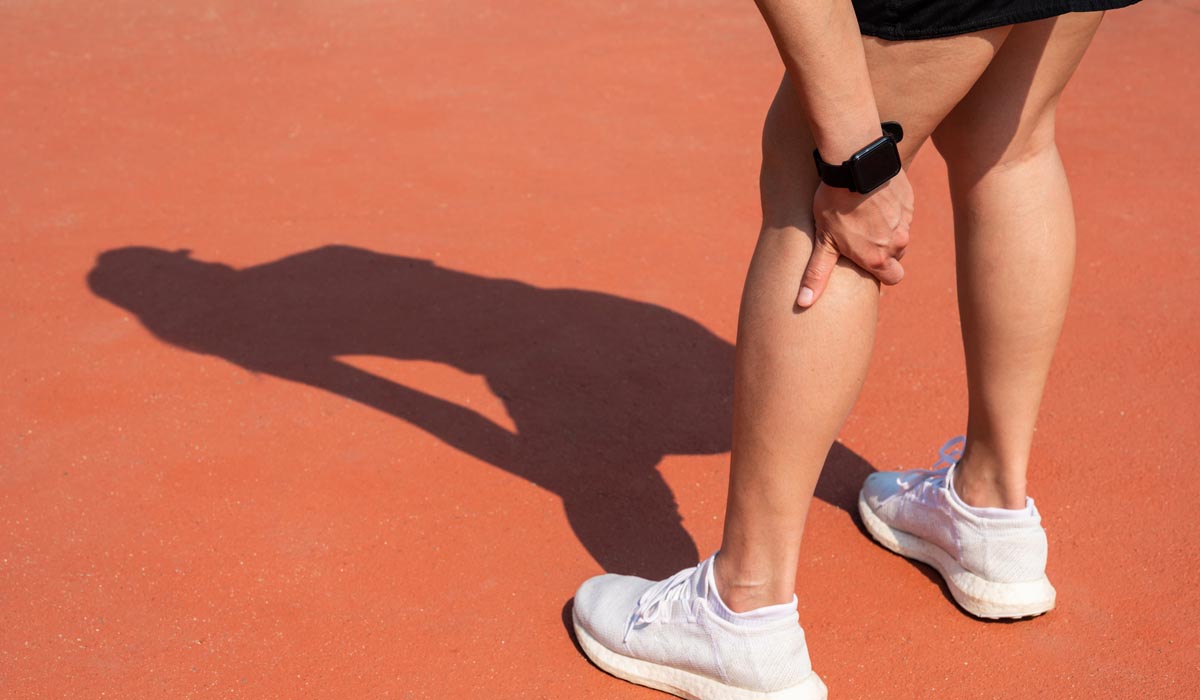✨Book online and enjoy a 5% discount on your first consultation
Home » Orthopedic Services » Hamstring Tears

Hamstring Tears
A rip in the hamstring muscles is known as a hamstring tear injury. It happens when hamstrings are overloaded with too much weight or are overstretched. It largely depends on the type of injury, whether the hamstring has been injured completely or partially.
The types of injury affecting one or more of the muscles in the hamstring muscle group are:
These muscles are located in the back of the thigh. It helps to build your knees during activities like jumping and running.
Possible Causes
Physical activity causes hamstring tears. The most common causes of this type of injury are:
If you’ve previously ripped your hamstring, there’s a reasonable risk it’ll happen again. The risk runs high if you engage in intense activity before you have completely recovered.
Extreme stretching of muscles during sports or overload during a sport causes this injury. These injuries are common among people who play sports like football, ice hockey, and soccer.
A hamstring tear can be the result of training too hard on the machines.
Limited flexibility is a condition where specific movements can make your muscles stretch too far. We often lose our flexibility with age, and so aged people are prone to hamstring tears. Adolescent athletes, too, are placed in the high-risk zone. As bones and muscles grow disproportionately, the growing bone can tighten the muscles causing hamstring injury.
Signs and Symptoms
The symptoms of torn hamstring depend on the type of injury received. You can experience the following:
Diagnosis
During the physical examination, first look for swelling and points of tenderness. The doctor may recommend you get MRI to get a clear picture of muscles and tendons.
Treatment Options at 7DMC
Minor hamstring injury heals fast, but if it’s a major one, some of these steps must be taken at their earliest.
Practicing stretching and strengthening exercises is highly recommended.
Hamstring strains are nasty injuries, and an athlete must work hard and avoid them. A regular- warm-up before engaging in any physical activity is the easy way out.
As part of the overall physical conditioning program at 7DMC, regular stretching and strengthening exercises helps reduce your risk of a hamstring injury. Try to stay in shape to play the sport; don’t play your game to remain in form. Regular fitness might help prevent injuries if you work in a physically demanding career. Inquire with our physician about proper conditioning workouts.
The good news is that only the most severe muscle tears require surgery. Most hamstring strains will heal on their own or with some physical therapy.
How to speed up the recovery of hamstring tears?
Most hamstring injuries heal on their own. To speed up the recovery process, one can practice the below activities:
Hamstring tears are horrible injuries, especially for athletes. That is why the doctor recommends rather than finding ways to treat hamstring injuries, you must think about ways to prevent them. Here are some tips:
Near Dubai Miracle Garden,
Diamond Business centre A,
1st Floor,
Arjan, AI Barsha,
Dubai.
WhatsApp us